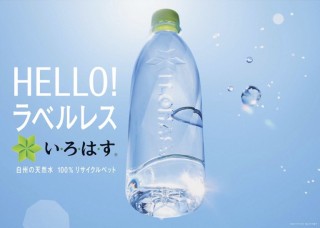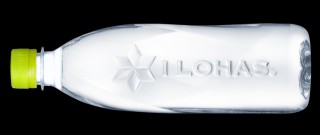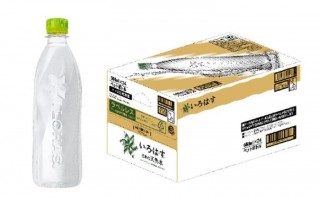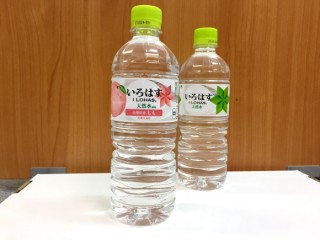Loading
Search
▼ Leading Bottled Water Brand In Japan Goes Label-Free To Reduce Waste, Angers Many
- Category:Other
Coca-Cola told to try harder in these trying times.
In these increasingly ecologically aware times, more and more companies are veering away from single-use plastics and Coca-Cola Japan is joining them. Alongside their eponymous beverage, Coca-Cola is the maker of I Lohas water in Japan, which comes in both plain and flavored varieties, the latter of which have dominated Japan’s “clear beverage” drink sector.
Even in past years, these plastic bottles have been somewhat environmentally-friendly, using a very malleable plastic that’s easy to crush into compact sizes for efficient recycling. The unfortunate downside of this being every time you take a sip, everyone in a 10 meter radius can hear the plastic crinkling.
In these increasingly ecologically aware times, more and more companies are veering away from single-use plastics and Coca-Cola Japan is joining them. Alongside their eponymous beverage, Coca-Cola is the maker of I Lohas water in Japan, which comes in both plain and flavored varieties, the latter of which have dominated Japan’s “clear beverage” drink sector.
Even in past years, these plastic bottles have been somewhat environmentally-friendly, using a very malleable plastic that’s easy to crush into compact sizes for efficient recycling. The unfortunate downside of this being every time you take a sip, everyone in a 10 meter radius can hear the plastic crinkling.
Nevertheless, it’s still a positive step, and now they’ve decided to ditch the label altogether and go for a more streamlined package design. Moreover, the bottles themselves are made from 100 percent recycled plastic.
Starting in April, these new bottle designs will be sold in cases of 24 for 2,880 yen (US$26) at supermarkets, drug stores, and online retailers. Bottles sold separately will still have the label.
It’s unfortunately they didn’t go all out with the label-free design, but doing so would introduce practical problems like where to put the bar code and other fine-print details such as nutritional information and ingredients… Of course the plain version is just water, but they’re required by law to say that it is.
▼ This information will be printed on the cardboard cases rather than the individual bottles
It’s a small step but another move by I Lohas towards towards less waste and hopefully a better tomorrow, and people online were quick to point out everything they didn’t like about it.
“This looks like it would be more vulnerable to counterfeits.”
“It’s a nice design, but if I’m going to buy a box of water, it’d be in two-liter bottles.”
“I appreciate the effort, but the bottles look ugly.”
“How about no plastic at all?”
“I hate those noisy, crinkly I Lohas bottles.”
“Taking off the label wasn’t that big of a problem, it’s that plastic bottom bit of the cap that is a pain to remove.”
“It’s just a way for them to reduce costs, disguised as eco-consciousness.”
Dang…I guess based on this reaction, Coca-Cola should be pretty ashamed of themselves for doing this.
On the other hand, the angry people online can’t really be blamed for wanting them to do more, and among the widespread criticism a bit of it was constructive, such as suggesting that the bar code be put on the cap for single bottle sales.
If anything, this response shows that the demand for a good renewable packaging is significant and if Coca-Cola or any of their rivals can be the first to pull it off for water, they will be rewarded with the ultimate recyclable material: money.
- April 11, 2020
- Comment (0)
- Trackback(0)





